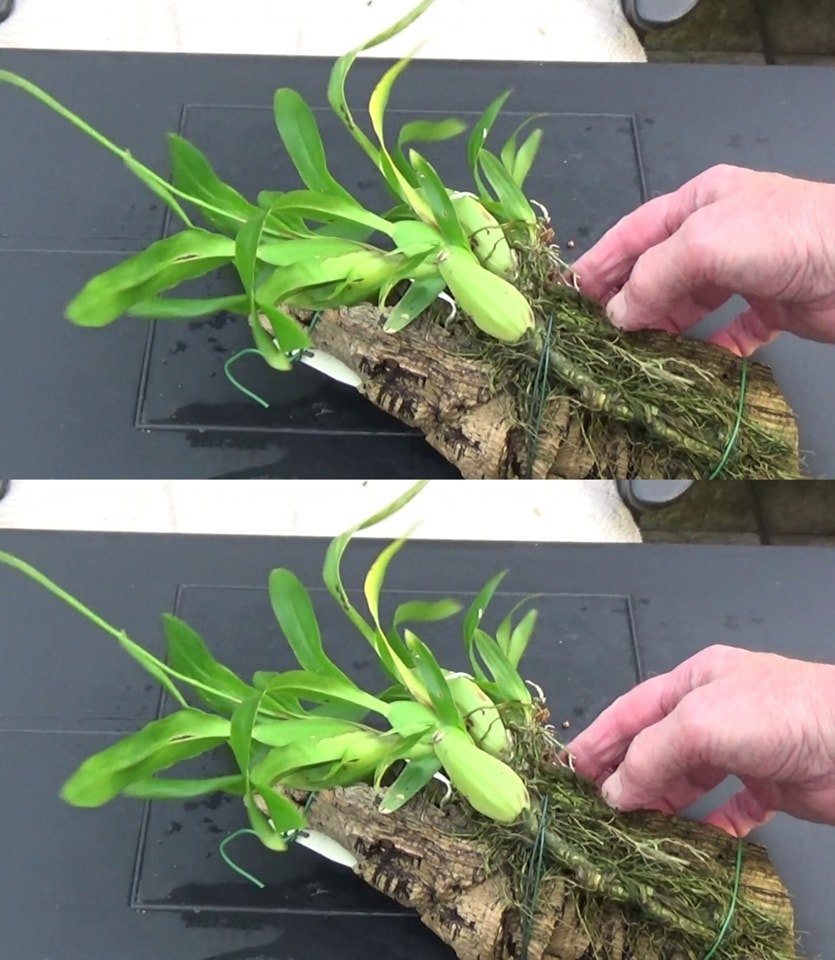ADVERTISEMENT
**Orchid Care Mistake: Don’t Throw It Away After 7 Days – Here’s Why**
Orchids are known for their beauty, grace, and the delicate care they require. Whether you’re a seasoned gardener or just beginning your journey into the world of indoor plants, orchids are a popular choice due to their striking flowers and elegant appearance. However, many people are unknowingly making a dangerous mistake when it comes to orchid care. One of the most common misconceptions is that orchids should be discarded after 7 days, which is absolutely untrue and detrimental to your plant. Throwing away your orchid after a week would be a grave mistake that could prevent you from enjoying its stunning beauty for much longer.
In this article, we’ll discuss why it’s vital to avoid this mistake, how to properly care for your orchid beyond the initial bloom, and provide you with essential tips and tricks for keeping your orchid thriving long after its flowers have faded. Orchids are incredibly resilient plants, and with the right care, they can continue to bloom year after year, adding color and elegance to your home for many years to come.
### **Why Throwing Away an Orchid After 7 Days is a Mistake**
When an orchid blooms, the flowers are typically the main attraction. People often expect the blooms to last indefinitely, and once the flowers start to wilt, they think their orchid is “done” or “dead.” This is the first major misconception. The truth is, orchids, especially popular varieties like Phalaenopsis, typically bloom for several weeks to a few months, depending on environmental factors. The flowering period can last much longer than seven days.
However, many people incorrectly assume that once the flowers begin to fade, the orchid is no longer viable. As a result, they dispose of the plant, often prematurely. This approach is not only wasteful but also denies you the chance to experience the full lifecycle of the orchid and to witness its rebirth with subsequent blooms.
What you need to understand is that orchids follow a natural cycle of blooming, resting, and blooming again. The fading of flowers doesn’t mean the plant is dying—it simply means the orchid is moving into a rest phase. Orchids, like any other plant, need time to recover before they can produce new blooms. Throwing away your orchid prematurely disrupts this process and wastes the plant’s potential.
Instead of discarding your orchid after its flowers have wilted, you should allow it to go through its natural dormancy phase and continue to care for it. With the right care and attention, your orchid will reward you with more beautiful flowers in the future.
### **What Happens to Your Orchid After 7 Days?**
The common belief that orchids only last for a week is rooted in a misunderstanding of their growth cycle. Here’s what’s happening behind the scenes:
1. **Flowering Phase**: Orchids typically have an extended flowering phase, particularly for varieties like Phalaenopsis, which can last several weeks to a few months. Once the flowers begin to wilt, it’s simply a sign that the bloom cycle is coming to an end.
2. **Rest Phase**: After the flowers fade, orchids enter a dormant phase. This is a natural part of their lifecycle where they replenish their energy and prepare for the next round of blooming. During this time, the orchid’s leaves and roots continue to thrive, but the flowers will not reappear unless the plant is given proper care.
3. **Reblooming**: With the right environment, proper care, and a little patience, your orchid can rebloom. It may take a few months for new buds to form, but it will happen—just like a tree shedding leaves and then growing new ones in spring.
4. **Misinterpretation**: Many people interpret the fading flowers as a signal that the plant is dead or beyond saving, which is why they throw the orchid away. In reality, the orchid is simply following its natural cycle. You don’t need to discard it after the flowers fade; you need to give it a bit of time and care to ensure that it can rest and prepare for the next blooming period.
For Complete Cooking STEPS Please Head On Over To Next Page Or Open button (>) and don’t forget to SHARE with your Facebook friends
